-
- Find Care
-
- Visitor Information
- Find a Location
- Shuttles
- Visitor Policies
-
-
- Our Virtual Care Options
- Virtual Urgent Care
- Virtual Visits for Primary & Specialty Care
- Online Second Opinions
- Participate in Research
-
- Contact us
-
- For Innovators
- Commercialization Guide for Innovators
-
-
- Research News
- Alzheimer's Disease
- Artificial Intelligence
-
- Overview
-
- Overview
- Getting Started
- New to Mass General Brigham
- International Patient Services
- What Is Patient Gateway?
- Planning Your Visit
- Find a Doctor (opens link in new tab)
- Appointments
- Patient Resources
- Health & Wellness
- Flu, COVID-19, & RSV
- Billing & Insurance
- Financial Assistance
- Medicare and MassHealth ACOs
- Participate in Research
- Educational Resources
- Visitor Information
- Find a Location
- Shuttles
- Visitor Policies
- Find Care
-
- Overview
- Our Virtual Care Options
- Virtual Urgent Care
- Virtual Visits for Primary & Specialty Care
- Online Second Opinions
-
- Overview
- Participate in Research
-
- Overview
- About Innovation
- About
- Team
- News
- For Industry
- Venture Capital and Investments
- World Medical Innovation Forum (opens link in new tab)
- Featured Licensing Opportunities
- For Innovators
- Commercialization Guide for Innovators
- Contact us
-
- Overview
- Information for Researchers
- Compliance Office
- Research Cores
- Clinical Trials
- Advisory Services
- Featured Research
- Two Centuries of Breakthroughs
- Advances in Motion (opens link in new tab)
- Brigham on a Mission (opens link in new tab)
- Gene and Cell Therapy Institute
- Research News
- Alzheimer's Disease
- Artificial Intelligence
-
- Overview
-
- Overview
- Residency & fellowship programs
- Brigham and Women's Hospital
- Massachusetts General Hospital
- Mass Eye and Ear
- Newton-Wellesley Hospital
- Salem Hospital
- Integrated Mass General Brigham Programs
- Centers of Expertise
- Global & Community Health
- Health Policy & Management
- Healthcare Quality & Patient Safey
- Medical Education
- For trainees
- Prospective trainees
- Incoming trainees
- Current trainees
- Continuing Professional Development
Sprains vs. Strains: What's the Difference?
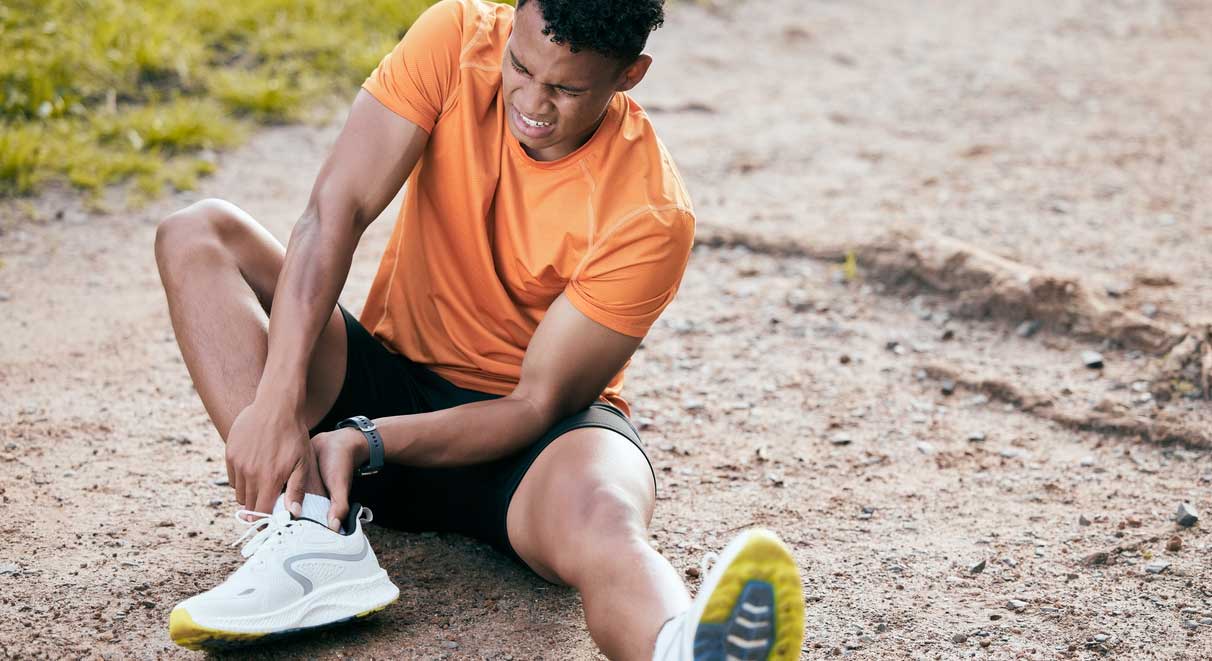
You twisted your ankle or wrenched your knee. Could it be a sprain? A strain? What’s the difference between them, anyway? And what should you do if you have one?
Mark Kestner, PA-C, a physician assistant for Mass General Brigham Urgent Care, answers all your questions about how to recognize these common injuries, and when to seek care for them.
The difference between sprains and strains
Sprains and strains are both types of soft tissue injuries. Soft tissue injuries affect muscles, tendons (strands of tissue that connect muscle to bone), and ligaments (bands of tissue that attach bone to bone). Sprains and strains are similar, but affect different types of tissues, Kestner explains:
Sprains are caused by stretching or tearing a ligament.
Strains are caused by stretching or tearing a muscle and/or tendon.
These injuries can occur anywhere in the body. Most commonly, though, sprains strike the ankles, knees, and wrists. Strains, too, can happen anywhere, but are especially common in the neck, back, and hamstring (the muscles at the back of your leg).
Sprains and strains occur suddenly, often when a person falls, twists, or takes a wrong step during activity or exercise. “If you’re moving and feel a sudden onset of pain, it’s probably a sprain or strain,” Kestner says.
Symptoms of sprains and strains
Sprains and strains can cause a number of telltale signs, including:
Sudden discomfort or pain in a muscle or joint
Tenderness when you touch the soft tissue of the area
Swelling
Bruising
Weakness or instability of the joint or limb
If you have tenderness or pain when you touch the bony part of your joint, it’s more likely that you have a fracture or dislocation, Kestner says.
Diagnosing sprains and strains
You don’t necessarily need to rush to get medical care if you suspect a sprain or strain.
“Most sprains and strains can be taken care of at home, as long as you’re able to walk about with mild or minimal discomfort,” Kestner says. “But if you’re in severe pain, unable to walk, or have significantly reduced range of motion, seek medical care.”
Start by calling your primary care provider (PCP). Many Mass General Brigham primary care practices for adults and children offer same-day, in-person, and virtual visits. If you don’t have a PCP or no appointments are available, you can go to urgent care.
Your health care provider evaluates your injury by feeling for pain and tenderness and checking your range of motion. They may recommend an x-ray to look for a fracture or dislocation.
Can you diagnose sprains and strains in a virtual visit?
You don’t always have to be seen in person to diagnose a sprain or strain. In some cases, virtual visits work just as well. “You can do a virtual visit with a primary care provider, urgent care provider, or a sports medicine specialist,” Kestner says.
Another helpful option is Mass General Brigham Virtual Urgent Care. It’s open to all patients ages 3 and up, even if they haven’t seen a Mass General Brigham provider before. Both new and current patients can schedule a virtual urgent care visit for that day or the next day on Mass General Brigham Patient Gateway.
During a virtual visit, the provider will ask you to point the camera at the injured area to see how it moves. They may also ask you to touch the area to show them exactly where the tender spots are.
“Sprains and strains can often be diagnosed virtually,” Kestner says. “But if it gets worse, or the provider suspects a possible fracture, you’ll probably need to come in for an x-ray.”
How serious is your sprain or strain?
If you are diagnosed with a sprain or strain, your provider can do some tests to determine how severe it is, Kestner says. Sprains and strains are graded:
Grade 1: Mild sprains and strains occur when there is stretching or microscopic tears in the tissue.
Grade 2: Moderate sprains and strains cause a partial tear of the tissue. You probably notice your joint seems weaker than normal. “There’s also more swelling and bruising, and you might hear a pop at the time of the injury,” Kestner says.
Grade 3: Severe sprains and strains cause a complete tear of the ligament, tendon, or muscle. It’s common to hear a pop, along with extreme pain, swelling, and bruising. You may also notice a change in the shape of the muscle. With a grade 3 sprain or strain, you experience weakness and may even be unable to use the affected muscle.
Sprains and strains treatment
Mild and moderate sprains or strains can usually be treated at home. Kestner recommends treating your injury with an approach that providers often describe with the acronym “RICE”:
Rest: Give your injured joint time to recover. “Sprains and strains require time and rest,” Kestner says. If you hurt your foot or leg, you might need to use crutches while it heals. Gradually, you can ease back into other activities.
Ice: Apply cold for 20 minutes at a time. Don’t use ice on bare skin — instead, wrap the cold pack in a thin towel or cloth.
Compression: Wrapping the injured area with an elastic bandage helps prevent and ease swelling.
Elevation: If you injured your ankle or leg, use a pillow or cushion to prop it up above the level of your heart.
You can take over-the-counter medications (such as ibuprofen or acetaminophen) to help with pain and inflammation while you heal. The other best medicine is time. “A mild or moderate sprain or strain can take a couple of weeks to recover,” Kestner says.
Severe, grade 3 sprains and strains often take months to heal, and sometimes require surgery. Be patient: If you do too much too soon, recovery will be even slower.
Preventing sprains and strains
You can’t always prevent injuries. But there are some things you can do to lower your risk, Kestner says:
Stay active: “Regular light exercise is the key to strengthening muscles and tendons around the joints. That will reduce the risk of a sprain or strain,” he says.
Lose weight: Obesity or being overweight can put extra pressure on joints. Losing weight can help prevent injuries to the joints and muscles.
Treat injuries: If you’ve had a sprain or strain in the past, that can make the joint weaker and more prone to future injuries, Kestner says. Consider using an elastic bandage or brace to support the joint when you’re active. Physical therapy can also help strengthen weak muscles around a joint so you don’t experience another sprain.
Unfortunately, you can’t always prevent soft-tissue injuries. But with proper treatment of sprains and strains, you’ll soon be back on your feet.
Contributor
Contributor
Related articles
-

published on
-

published on
-

published on
-
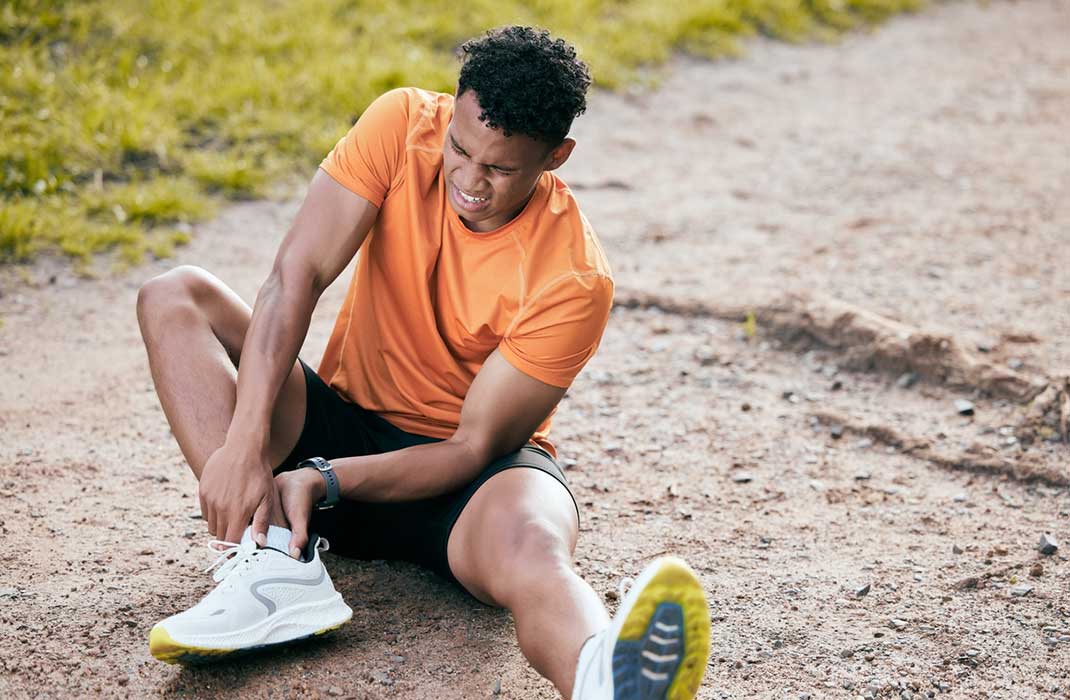
published on
-

published on
-
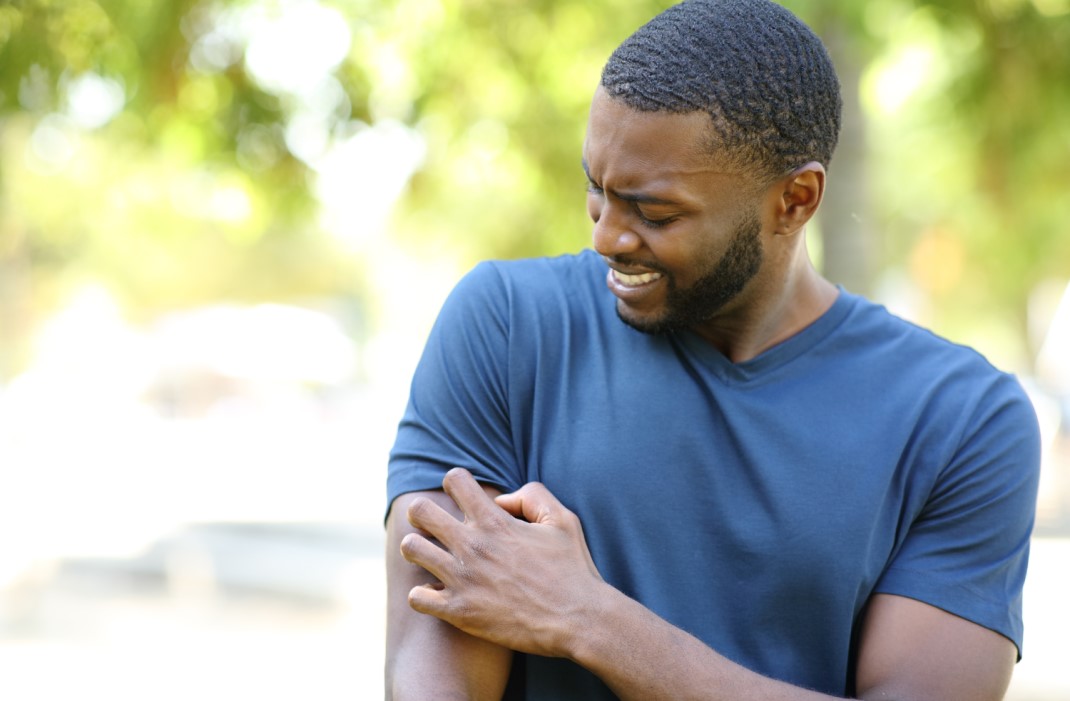
published on
-
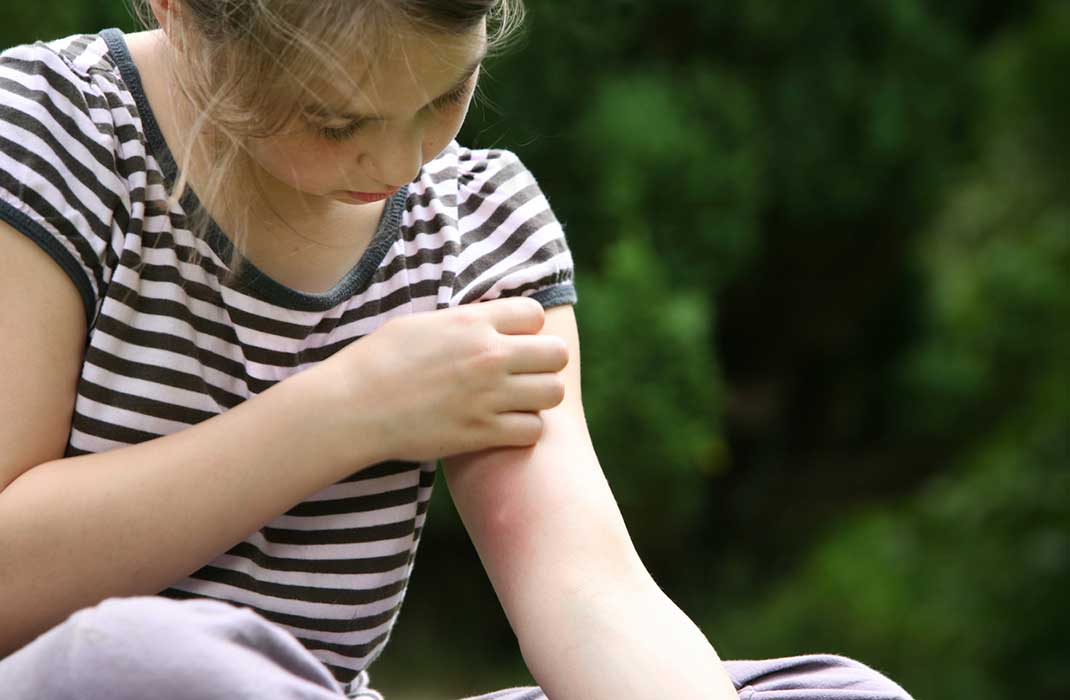
published on
-

published on
-
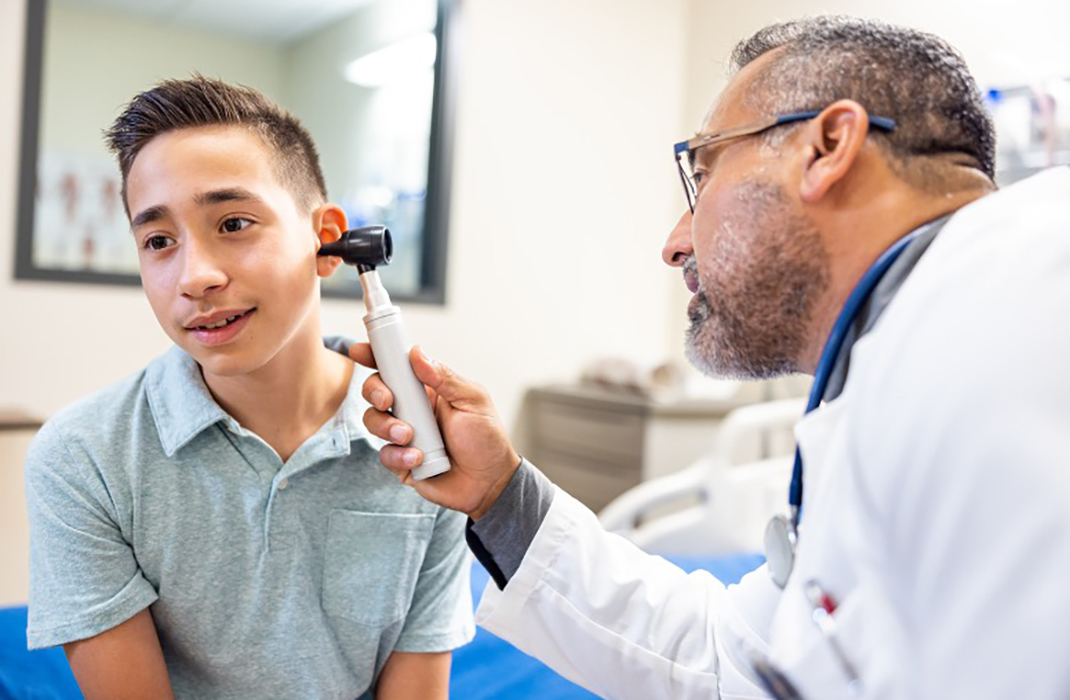
published on